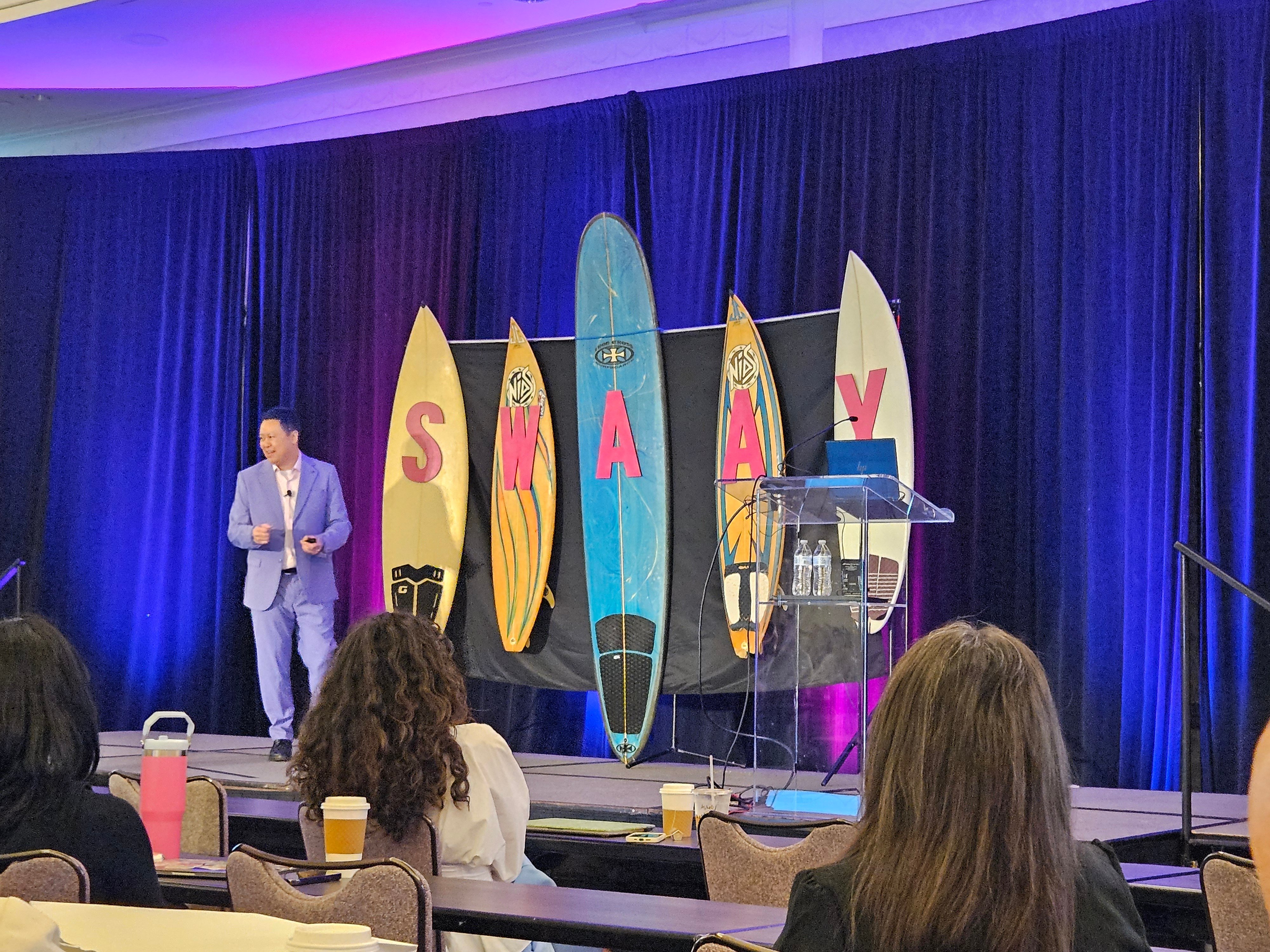
There is no shortage of social determinants of health (SDOH) that can present roadblocks for patients in Kalispell, Montana. Our vast landscape means that patients may live some 30 miles from their providers. With limited access to public transportation, many patients are left struggling to attend regular primary care appointments. We also live in a zero vacancy area, making it nearly impossible for some of our patients to find affordable housing.
With a patient population that faces obstacles such as these, it’s difficult to know how to help and where to start. In looking at our population, it became clear that the primary social determinant affecting our area was low health literacy. Standardized health education isn’t readily available to our population, and many patients aren’t able to obtain the information needed to make appropriate health decisions.
This challenge became especially apparent when assessing our patients’ basic nutrition levels and meal choices. A large portion of our congestive heart failure patients had been prescribed low-sodium diets in order to keep their blood pressure within a healthy range.
While this is the proper course of treatment in theory, many of our patients didn’t know how much sodium is in everyday foods or how to plan meals that fit within their low-sodium diets.
We realized that in order to affect their daily choices, we needed to partner with these patients on a more long-term basis.
Over time, we found that it was easier to establish trusting relationships with patients after dispatching our community health workers to visit these patients in their homes. While interacting with the patients as they were surrounded by family photographs and personal possessions, our team was able to gain a more comprehensive understanding of the patient, and patients spoke more candidly about their health goals and the challenges they’re facing.
Once these relationships started taking shape, we invited patients with diet restrictions, particularly congestive heart failure patients, to go to the grocery store with us. We went through aisle by aisle and taught them about the foods they should and shouldn’t have on their tables.
It was important for us to make it easy for our patients to understand food labels so they could stock their shelves with heart-healthy options in the future. It’s one thing to tell someone that they need a certain type of diet, but it’s another thing entirely to actually show them what better food choices look like. Some patients are visual learners, and if we’ve learned one thing through this process, it’s that we need to meet patients where they’re at in life.
Unsurprisingly, most people don’t think in milligrams. And because the prescribed daily sodium intake is in an unfamiliar measurement, we found that patients were less likely to apply it to their diets. However, if patients were instructed to keep their daily sodium intake under a certain percentage, rather than keep it to a specific number of milligrams per day, it made it easier for them to track.
We made sure to emphasize that effective nutrition isn’t about constantly denying yourself, but about finding healthier alternatives to what you’d otherwise be eating.
Many of our patients were also working with severely limited budgets. Generally speaking, cheaper foods aren’t exactly the healthiest, but if you have a dollar to spend on a meal you can’t afford to be picky. During our walkthroughs, we made sure to keep each patient’s budget in mind as we made food recommendations.
We were also able to help patients overcome another roadblock that we hadn’t even considered. Many of our congestive heart failure patients avoided grocery stores altogether because they grew short of breath from walking around, or became anxious about navigating the store’s busy aisles in their scooters. After visiting the store with a community health worker, patients felt much more comfortable about making the trip solo.
Our grocery store walkthroughs are just one way in which we’re trying to address social determinants at Kalispell Regional Healthcare. As we’ve learned, a patient’s health is determined by so much more than the clinical care that they recieve at a hospital or doctor’s office. We give patients a survey that asks them about things like housing, loneliness, support, and which community health services they’re utilizing.
One woman, for example, a frequent visitor to our ER whose husband had died several years prior, listed “Have a life -- go on a date,” as one of her long-term health goals. Is this really health? It’s something that we never would’ve considered when formulating this patient’s plan of care.
However, studies have shown that loneliness has the same impact on a patient’s overall health as smoking 15 cigarettes a day. Fortunately, we were able to work with a local salon that donated a three-hour makeover and haircut that left the patient feeling happy and confident. Although it’s a little unconventional, we wanted to do what we could to help this woman achieve her goal.
As we’ve learned from cases like these, addressing social determinants of health means looking at each patient from a wider lens and considering their overall wellness as opposed to simply their clinical care. We think that the tide is turning, and that an enhanced focus on social determinants is inevitable. We’re confident that addressing social determinants will be a win for payers, patients, and providers.
Click below to watch a video of our latest social determinants of health webinar.




